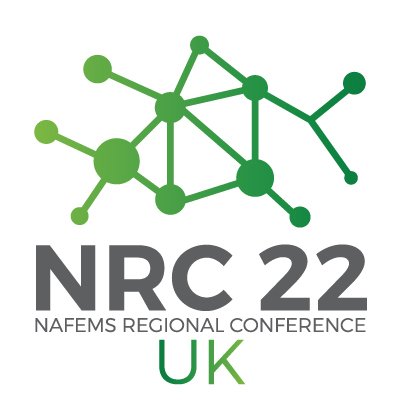NRC22 UK
Special Sessions
Short Courses
Understanding Solid Mechanics - a pick-n-mix of basic courses
Understanding Solid Mechanics is a set of 30 stand-alone courses addressing all aspects of solid mechanics that are important for designers and engineers who wish to gain a good understanding of the main theories underlying solid mechanics. This enables companies to select the courses that are suitable for them in order to customise their training. This short course will provide an overview of the concepts, methods of presentation and a summary of all the courses currently on offer. It will also be possible to discuss new ideas and personalization of the courses to suit your company’s needs. These courses aim to cover solid mechanics topics in a concise and practical manner, avoiding lengthy mathematical derivations and highlighting practical examples to illustrate the application of solid mechanic’s theories in modelling and analysing engineering structures.
Process Integration and Design Optimization - A Practical Guide
This short course provides a brief overview of the full course that is offered, discussing simulation process integration and optimization methods that engineers could use to enhance their working methods and improving their designs. The course provides information and guidelines on using multi-objective and multi-disciplinary optimization in component of process design using many variable types and taking into account restrictions. Different algorithms are discussed in a practical way including meta-model and statistical methodologies to help guide engineers in the creation of successful, efficient optimization strategies.
Simulation of Lubricated Contacts
This short course is designed to outline skills and knowledge required for simulating lubricated contacts using numerical methods. Lubricated contacts form a lubricant film which completely or partially separates contacting surfaces. This film of lubricant generates viscous friction, usually the largest contributor to the frictional losses. The pressure generated in the film is also different from dry contacts. Hence, this simulation affects any durability and surface fatigue analysis. The dissipated energy generates heat, leading to thermal behaviour of the contact which will also be discussed in this course. Finally, as any numerical method, the computational tribology requires system considerations as well as experimental inputs to deliver realistic data. These two aspects will be covered appropriately in this talk.
Modelling Structural Failure: what does it mean to you?
Different industries need to model different aspects of structural failure. A civil engineer and a micromechanics specialist can use very different approaches to discover very different things about their systems of interest. The CSMWG would like to invite you to share what failure means to you, how you model it, and what you would like to be able to do. The discussion will be led by a set of questions the group put together to gather their own thoughts, and the results will steer their future activities on the topic.



